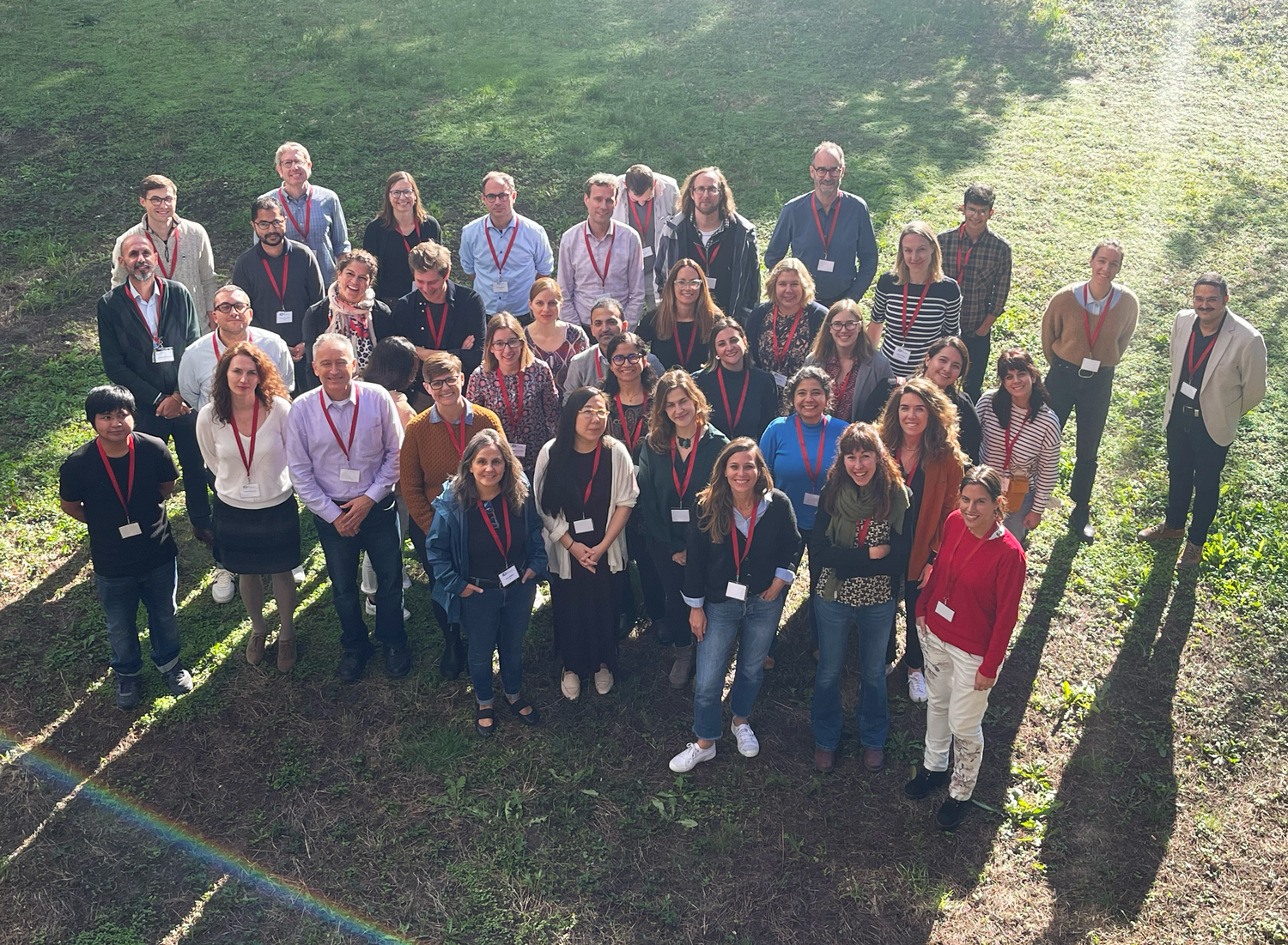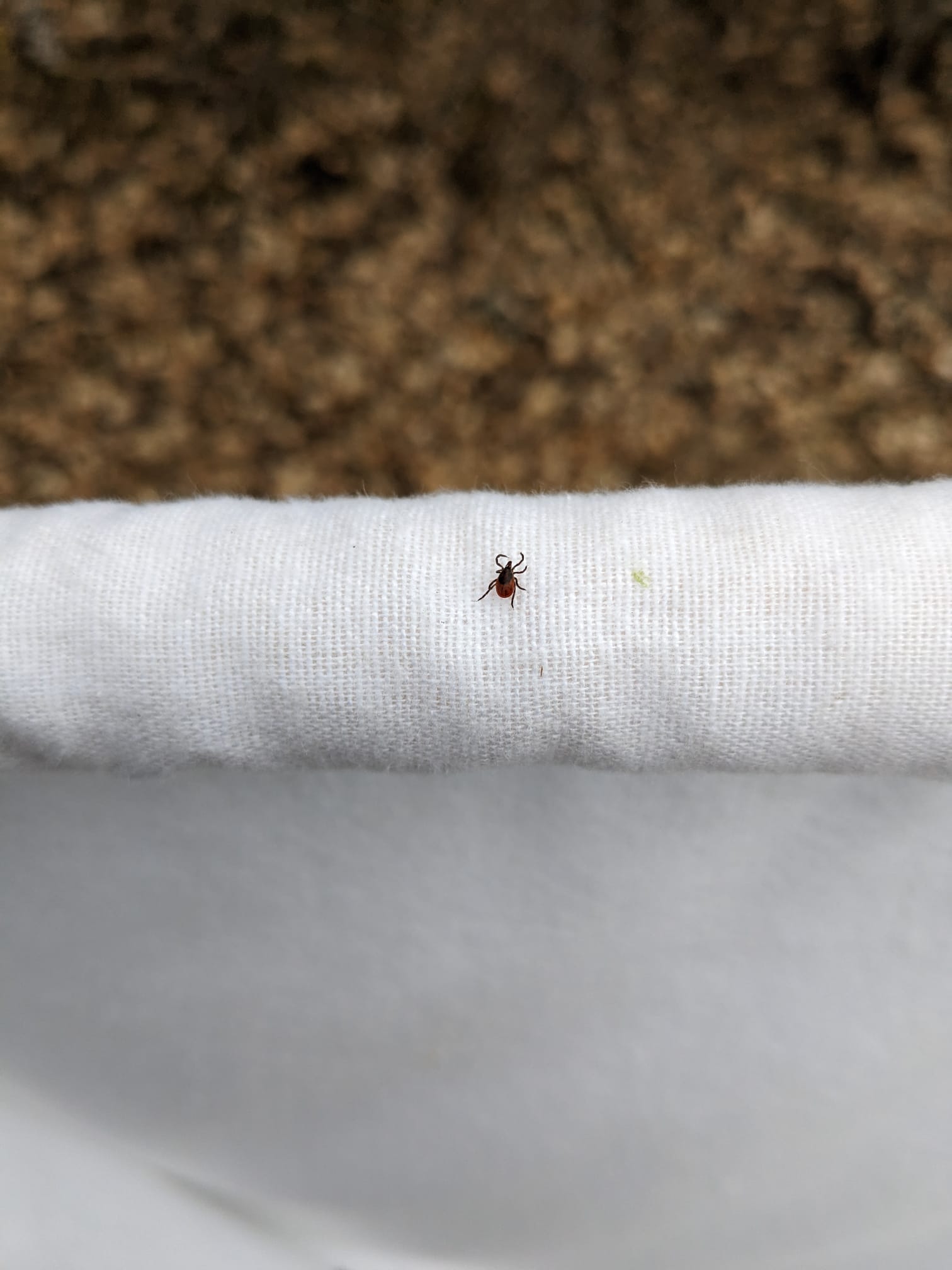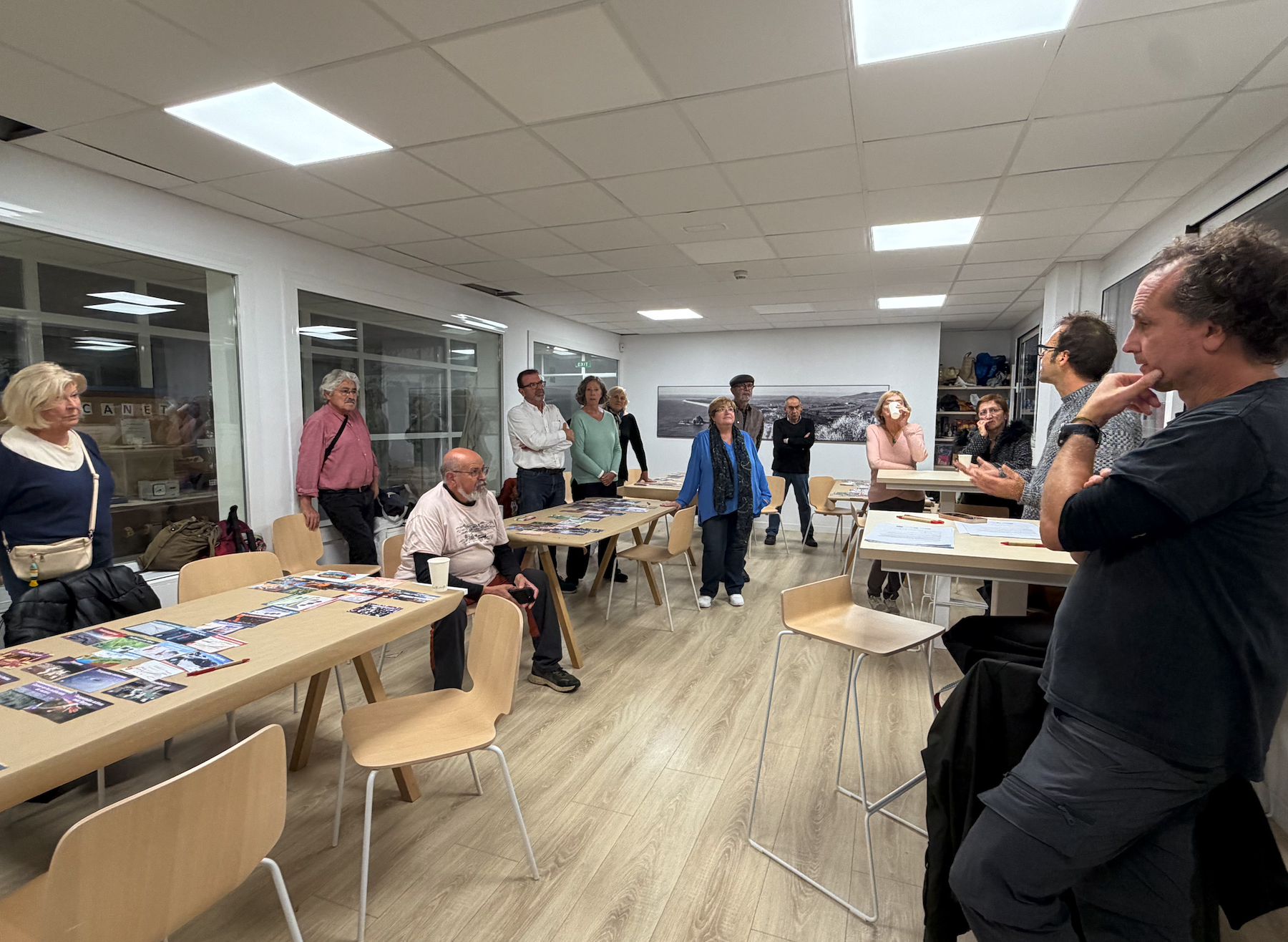Tuesday, 27th September marked an important milestone in the IDAlert project journey. Over 40 consortia members convened at the renowned Heidelberg University for two days of networking, brainstorming, and presentations. It was the first time members physically met since the beginning of the project in June.
This meeting was significant for establishing roles, responsibilities, and workflows as the five-year project involves 19 partner organisations, across seven countries, with over 100 representatives. Consisting of nine work packages, this was a chance to present research and projects that are coming together to share data and knowledge under IDAlert.
Day 1
To open the day, project coordinator, Joacim Rocklov (Heidelberg University of Global Health) welcomed attendees, setting out the agenda and goals for the two days. Day one started out with a scientific symposium of four individual projects. First to present was John Palmer, who took us through the citizen science project Mosquito Alert. Mosquito Alert is an app that brings citizens, scientists, and public health managers together to investigate and control the growing problem of invasive mosquitos. These early warning and surveillance systems are important tools for preventing the spread of diseases.
Next, we heard from João Encarnação of Irideon, who presented smart traps. Through their hardware and software solutions, Irideon are developing an insect surveillance system that facilitates data collection, wireless communication and real-time information, all with the possibility of being embedded into existing applications.
Marion Koopmans of Versatile Emerging infectious disease Observatory (VEO) then led us through the vision and objectives of their work. By tracking and forecasting the factors that drive emerging diseases, they focus on the complex interplay of environmental and human factors that drive disease dynamics, to develop early warning systems. VEO’s approach is to integrate epidemic intelligence, surveillance, and disease ecology to predict, detect and track emerging infectious diseases before the spill over into livestock/humans.
One of the issues with transporting test samples is that a high number are contaminated enroute to the lab. The solution? A mobile suitcase lab. Dr Ahmed Abd El Wahed is leading the study at Leipzig University where the testing method has already been successfully evaluated for several infectious diseases. This mobile lab is an important piece in IDAlert as it allows rapid detection and improves field data collection in remote and/or rural locations.

The symposium concluded with presentations that impressed upon us the importance of surveillance systems and the continuum of surveillance (Jan Semenza | Umea University); the reduced effectiveness of health policies as socioeconomic inequality increases within Europe and beyond (Shoura Dasgupta | CMCC); the need to connect models and early warning systems into early effective action (Megan Bailey | RCCC); and the establishment of the Lancet Countdown Europe (Prof. Rachel Lowe) research collaboration to monitor health and climate change across Europe.
The session concluded with a general consortium update with insights to the whole consort on the progress and work within each work package. Most importantly, as part of the recently launched Climate Change and Health cluster, IDAlert will lead the cluster for the first nine months during which we will finalise the Communication & Dissemination Strategy. After a productive day, consortium members wound down for the night with a team dinner by the beautiful Neckar River.
Day 2
Day two began with an executive board meeting, followed by consortia members breaking up into smaller groups to discuss the nine work packages. Each work package consists of several deliverables which feed into the next steps of the project timeline. Each work package identified next steps and areas of overlapping interest. The most vital next step is identifying stakeholders we would like to engage with on the local, community, national, regional, and international level.
And so, the two days concluded in a flurry of activity! Stay tuned for further updates as we get the project underway.




